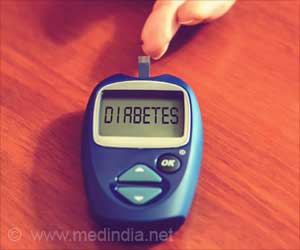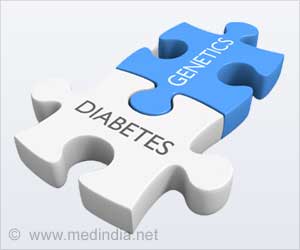Where you live affects how likely you are to die for patients with type 2 diabetes(T2D), and how likely you are to be readmitted to hospital for patients with type 1 diabetes(T1D) after hospital discharge.

‘There is strong link between geographic socioeconomic status and readmission to hospital in patients with type 1 diabetes. In patients with type 2 diabetes, mortality is strongly linked to socioeconomic status but not readmission to hospital.’
Read More..




Despite this, there has been little research done to assess the impact of socioeconomic factors on health outcomes when patients with diabetes are discharged from hospital. This has mainly been due to the difficulty of linking the various datasets required to get a complete picture of the health outcomes and socioeconomic statuses of these patients. Read More..
This new study was based on a retrospective evaluation of data from the electronic health records (EHR) of a large UK specialist referral centre (University Hospitals Coventry & Warwickshire NHS Trust, Coventry, UK) and included all adult patients discharged with a diabetes diagnosis over a 3-year period.
These comprised 46,357 distinct discharges and were matched at a patient level with postcode sector socioeconomic data extracted from the Office of National Statistics Census and Population Density datasets.
Information on 19 socioeconomic variables was available including index of multiple deprivation, employment status, ethnicity, activity levels, unpaid care provision, and density of population and housing, which could then be used to determine the socioeconomic status of each patient.
The clinical outcome measures chosen were readmission within 28 days, and incidence of mortality within 180 days (approximately six months) of discharge from hospital.
Advertisement
Among T2D patients, the strongest links with mortality were found to be language (non-English), ethnicity (ethnic minorities), and index of multiple deprivation.
Advertisement
The authors say: "There is a strong association between geographic socioeconomic status and readmission to hospital in patients with type 1 diabetes, but no clear link with mortality. In contrast in patients with type 2 diabetes, mortality is strongly associated with socioeconomic status whilst readmission to hospital is not. In summary, where you live has an impact on how likely you are to be readmitted to hospital for patients with type 1 diabetes, and how likely you are to die for patients with type 2 diabetes following hospital discharge."
They add: "Use of geographic postcode sector data can be readily incorporated into electronic healthcare systems and future risk models to enable personalised data-driven care, for example more intensive, or different models, or more intensive follow up for those from areas of known deprivation."
Dr Tim Robbins is following up on this research through a prestigious European Foundation for the Study of Diabetes (EFSD) Albert Renold Travel Fellowship, looking at digital approaches to diabetes integrated care, in the Basque County, Spain. EFSD has been created by EASD to stimulate diabetes research in Europe.
Source-Eurekalert












